Though the first digital book came online back in the 1970s, it took another 4 decades for the concept to really catch on. The advent of Sony’s Libre E-book reader, followed by Amazon’s first Kindle in the early 2000s started the ball rolling and the genre has grown. In the last decade, e-book sales have increased threefold from sales of 69 million e-books in 2010 to 191 million in 2020. While the e-book market has largely leveled off over the past several years it still represents a solid 25 – 30% of the adult population who say they read at least one e-book in a year.
E-books continue to garner somewhere in the neighborhood of $2 billion in market share every year, and more and more people are beginning to recognize the unique opportunities and benefits offered by this type of publication. There are far fewer barriers to creating and publishing an e-book as compared to publishing a traditional printed book or magazine. This has increased the number of both aspiring authors and savvy business people self-publishing e-books in the hopes of achieving their goals.

Why Create An E-Book?
The e-book universe has come a long way from the simple PDF or EPUB rendering of a print book hastily thrown up on the internet to expand access to a particular book or author. Today, people are creating e-books for a wide range of reasons, some of which have nothing to do with selling books.
Business Marketing & Promotion
E-books make a fantastic marketing tool and giveaway bonus all in one. Depending on your business type, you can create an e-book teaching potential customers about some aspect of your business or industry. You could use an e-book to provide an in-depth introduction to a new service or tool that is just too complicated or novel to explain in a simple social media announcement or webpage. A professional e-book that provides valuable and timely information to your target audience can be a great “freebie” to give away in exchange for your visitor’s contact information as well.
Income Opportunity
E-books are also excellent at generating an income all on their own. This field is becoming more crowded, but with the right subject matter, valuable and fresh information, and a top-notch design, an e-book can easily bring in a solid side income. A library of e-books may even generate a full-time income allowing you to ditch that nine-to-five for good.
Build An Audience
Finally, e-books are still an excellent way for fledgling authors to dip their toes in the water and test out their potential as an author. The ease of publishing and growing popularity of e-books on sites like Amazon, Blinkist, Chirp, and more make it easier than ever for aspiring authors to reach a wide range of eager readers. This exposure can help authors build an audience and gain name recognition with or without a traditional publishing deal.

Modern E-Book Design Expectations
The modern e-book market has created a wealth of opportunities for novice writers, entrepreneurs, and businesses to publish their ideas, products, and services. Of course, with increased opportunity comes increased competition and increased expectations. A simple PSF document uploaded to a sharing site isn’t going to get any attention today. You will likely be either promoting your e-book on your own website and social media posts or publishing it through one of the major e-book subscription services. Either way, your e-book will need to look and read like a full-fledged virtual version of a print book complete with a book cover, chapters, illustrations or images, and readable engaging text.
Keep reading to learn our expert tips on creating a professional e-book design that will stand out in a crowded marketplace.
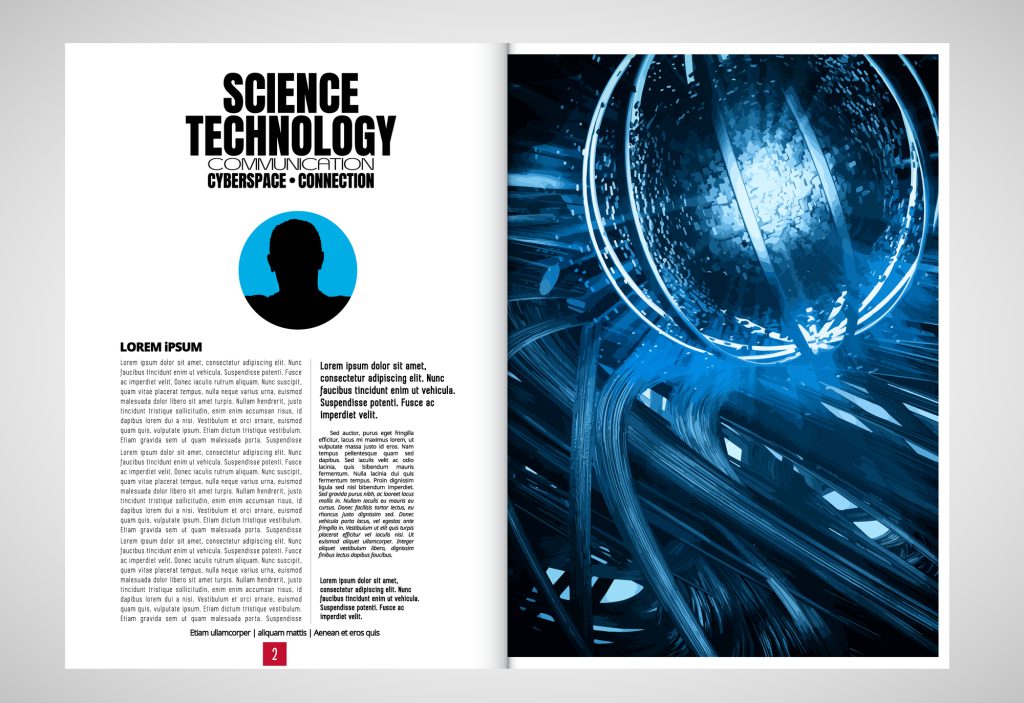
Secrets To Superb E-Book Design
There is no hard and fast rule for what makes a good e-book design. Much will depend on the subject matter of your e-book, the preferences of your target audience, and your own personal design style. That being said, there are a few tips that can be applied to any e-book design to ensure maximum readability and maximum engagement with your readers.
Design With A Purpose
Though good e-book design principles are largely universal, you will need to start with a solid knowledge of how much-written content your book will contain, how many and what type of images you will include, and the overall style for your project.
Proper Orientation
Once you have a general idea for your e-book style in mind you will need to make your first big design decision: Landscape or portrait orientation. Both orientations have their pros and cons and the best choice will depend on the structure of your book. Landscape orientation can be a better option for e-books that contain a large amount of content as the wider pages allow for two columns and more layout options. However, there are some devices that do not support landscape orientation so you will want to consider both your e-book structure and which devices it is most likely to be viewed on.
Portrait orientation is the more traditional book layout and works well for e-books that are more word-focused and intended to read like a traditional novel.
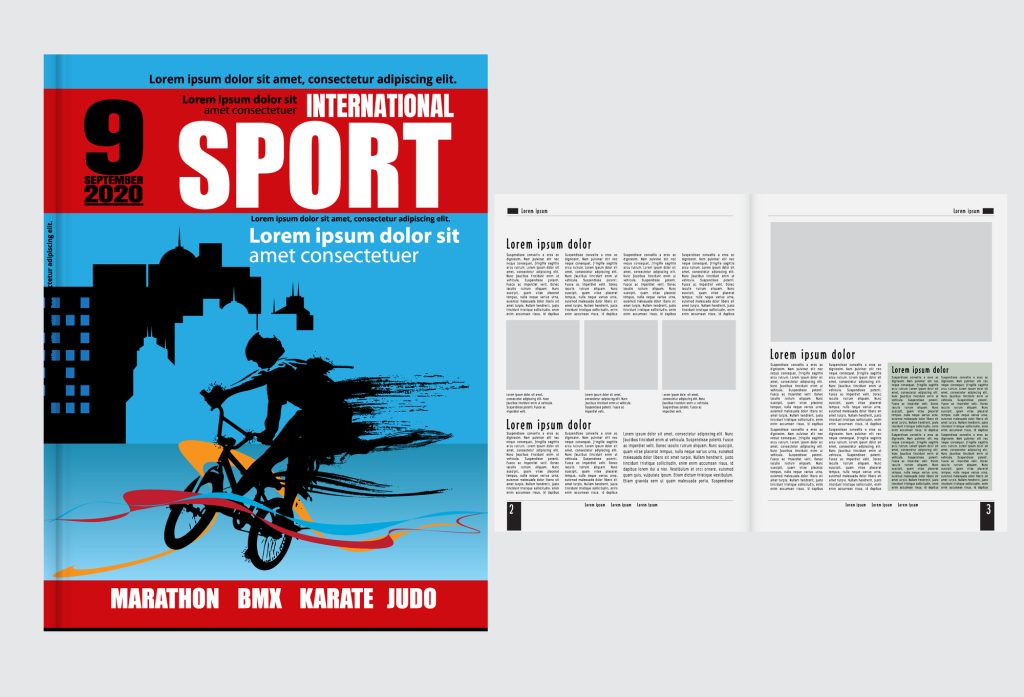
Text Dos & Don’ts
Take some extra care choosing your fonts for your e-book. This seemingly small choice can make a massive difference in the readability and professional appearance of your book. There are several important factors that will all need to be taken into consideration.
1. Branded Fonts
If you are promoting a business or brand, or attempting to build a following, consider using your branded fonts to maintain a sense of continuity and familiarity between your brand’s website, social media, and e-book content.
2. Simple, Readable Fonts
Use simple smooth fonts that are easy on the eyes to make your e-book easy to read on any device, by any reader. Stick with medium-sized standard fonts that will be available and render properly on all devices. When in doubt, choose a tried and true sans serif font like Times New Roman, Helvetica, Arial, or Open Sans.
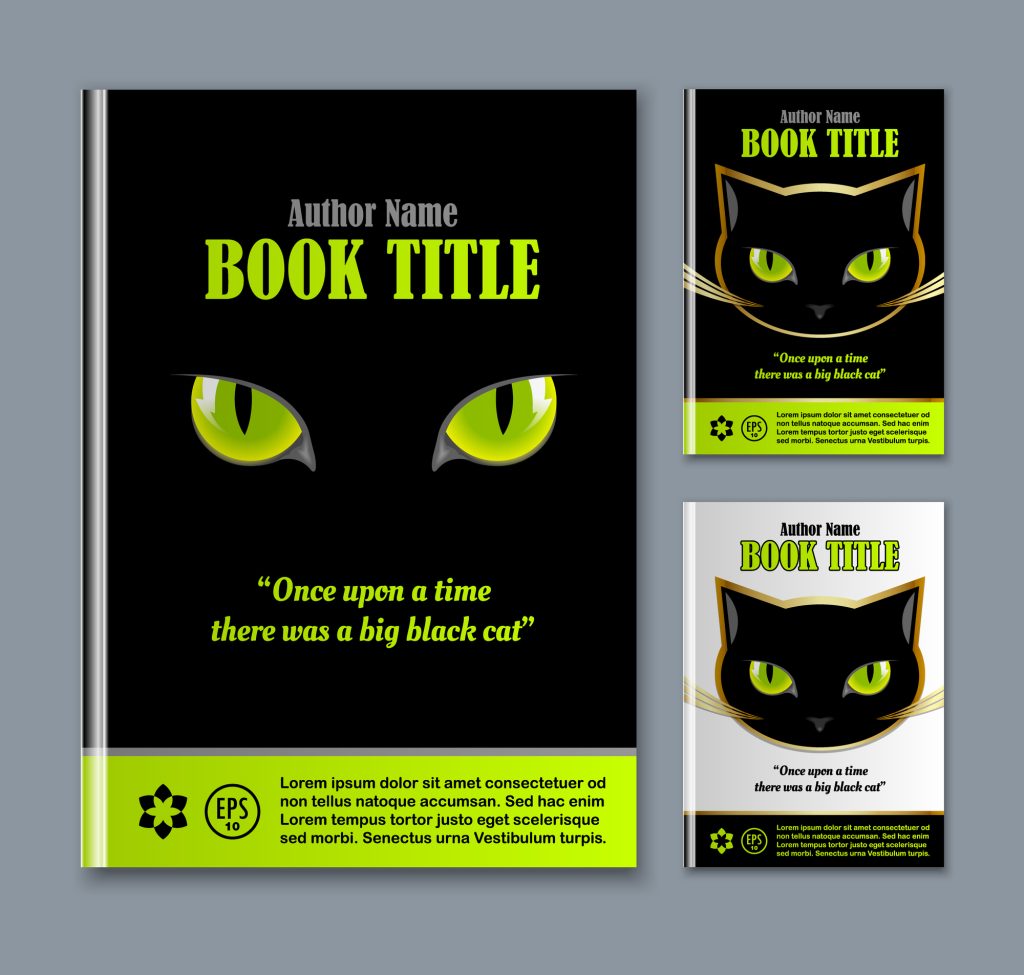
3. Black Text/Light Background
Stick with black or very dark font color for the entire text body and all, or most, headings. Color text can be used sparingly for accent or emphasis but you should be aware it may not render in color on the reader’s device.
4. Avoid In-Line Text Formatting
In-line text formatting like bolded text, italic, text, underlines, and strikethroughs, should be avoided as this type of formatting often renders in unexpected, and unreadable ways on electronic devices.
5. Avoid Script, Handwriting, & Decorative Fonts
Keep in mind that you are writing a book at the end of the day. It can be easy to get wrapped up in the marketing or design aspects of an e-book and forget that it is still a book, intended to convey knowledge or information in written format. This is not the place for decorative novelty fonts, handwriting, or scripted fonts that look stunning but are nearly impossible to read.
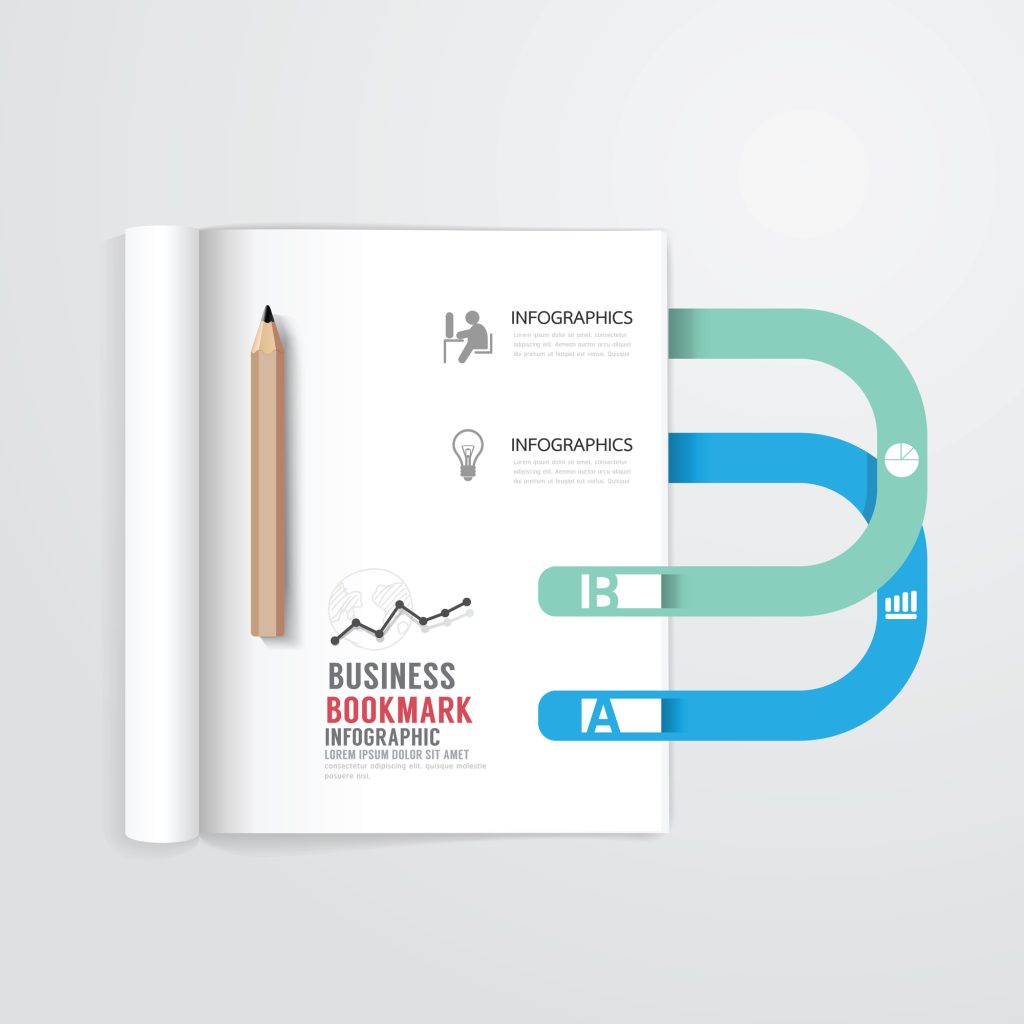
6. Format Content Using H1, H2, & H3 Headings & Subheadings
Because your e-book is digital, it can be indexed by search engines just like a blog post or article. Make sure your e-book is SEO-ready by formatting chapter headings and subheadings with the standard H1, H2, H3, etc. formatting. Your body content should generally be sized between 10 – 14 px for maximum readability.
7. Break Up Large Blocks Of Text
Keep your readers engaged by breaking up large blocks of text to prevent eye strain and mental fatigue. Remember that they will be reading on a computer or mobile device screen or e-reader which is already a bit more cumbersome of a reading environment than a standard book. Make their reading experience as enjoyable as possible by splitting large chunks of text into 3 – 4 line paragraphs. You may also consider popping out key excerpts or quotes from the text and featuring them in between blocks of text to break up the monotony while emphasizing key ideas.
8. Use Uniform Text & Formatting Throughout E-book
No matter the font and text design you ultimately choose, keep it consistent throughout your e-book.

E-Book Cover Design
The layout, and text of your e-book are certainly important, but no one will ever get to see your amazing content if they aren’t convinced to buy your book in the first place. That is where your cover design comes in. An attention-grabbing cover is every bit as important for an e-book as it is for a traditional book, and yes, your book will be judged by its cover first.
Your e-book cover design should send a clear message about your book’s subject matter. Remember that, unlike traditional books, your potential readers are likely to be viewing a small thumbnail-size image of your book cover amongst a gallery of your closest competitors on an electronic device screen. With this in mind, your book cover imagery and typography should be designed to grab attention.
Imagery
Custom illustrations, or photographic images are one of the most compelling ways to convey information and emotion. A picture is worth 1000 words as they say, and a well-designed cover image can be the quickest way to convey the tone of your e-book, the subject matter, and what your reader can expect to gain from choosing your book over the competition.
Typography
Your cover typography should be easy to read. The title, and subtitle (if used) should be large enough to be read quickly, and ideally, the key details should be clearly legible even when rendered as a thumbnail image.
Size
Last but not least, the size of your cover design can play an important role in how easily you are able to publish your ebook to different platforms, and how professional it appears on the various sites. The most popular e-book publishing platforms recommend a range of cover design sizes that vary quite a bit from a maximum size of 50MB on Amazon Kindle to 5MB for Barnes & Noble. Be sure to check the specific size and format details for the platform you intend to publish your ebook on to ensure proper sizing for the best quality rendering.
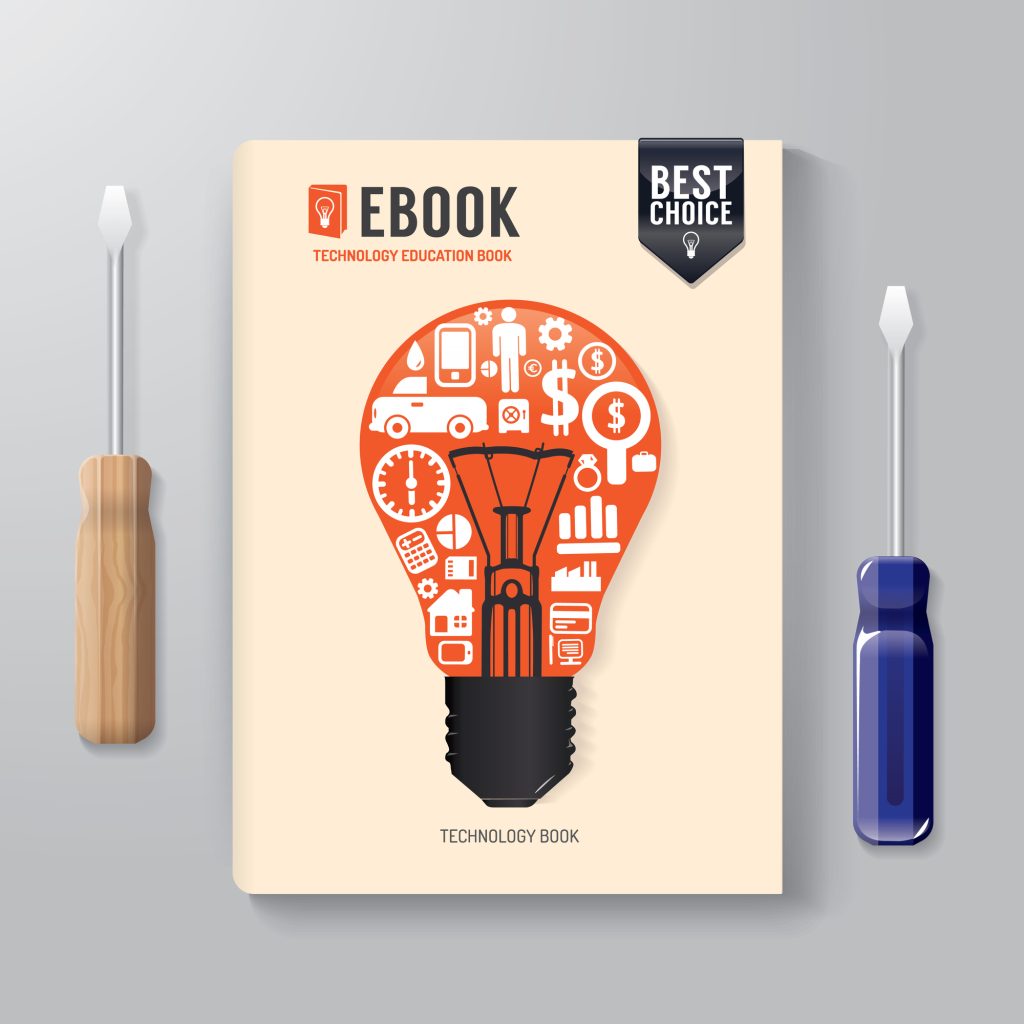
Where To Find Help Designing Your E-Book
If you are feeling overwhelmed at this point, don’t worry. The good news is, you don’t have to do any of this alone. The recent increase in amateur e-book publishing has given rise to a large selection of templates, and e-book design tools that will provide as much or as little assistance as you desire. You can easily find ready-made e-book templates on sites like Canva, and other design element apps, that will allow you to simply drag and drop your own content into a polished, pre-made design.
You can also use one of the online or software-based e-book creation tools that will walk you through the creation of your e-book one design choice at a time.
Looking for an even easier solution? Let Flocksy’s professional designers create your e-book design for you.
Creating An Awesome E-Book Design With Flocksy
Flocksy’s unlimited flat-rate design subscription makes it easy and affordable to get a professional e-book design guaranteed to get noticed on any e-book distribution platform.
If you opt for this “done for you” option, you can concentrate all of your energy on creating the ultimate content. You provide our design team with the book’s details and let us know what you are looking for in terms of visual imagery, illustrations, infographics, diagrams, and cover art. Our talented artists will tackle each design project from your e-book cover design to all of your e-book illustrations delivering everything you need to create a high-quality e-book on any of the top publishing platforms. The best part about Flocksy’s unlimited creative services? You aren’t limited to just one type of project. Our team of graphic designers, illustrators, and copywriters can help you with every aspect of your e-book project including writing or proofreading your written content.
Check out our unlimited design packages now, and let’s get you from an aspiring to a published author.
